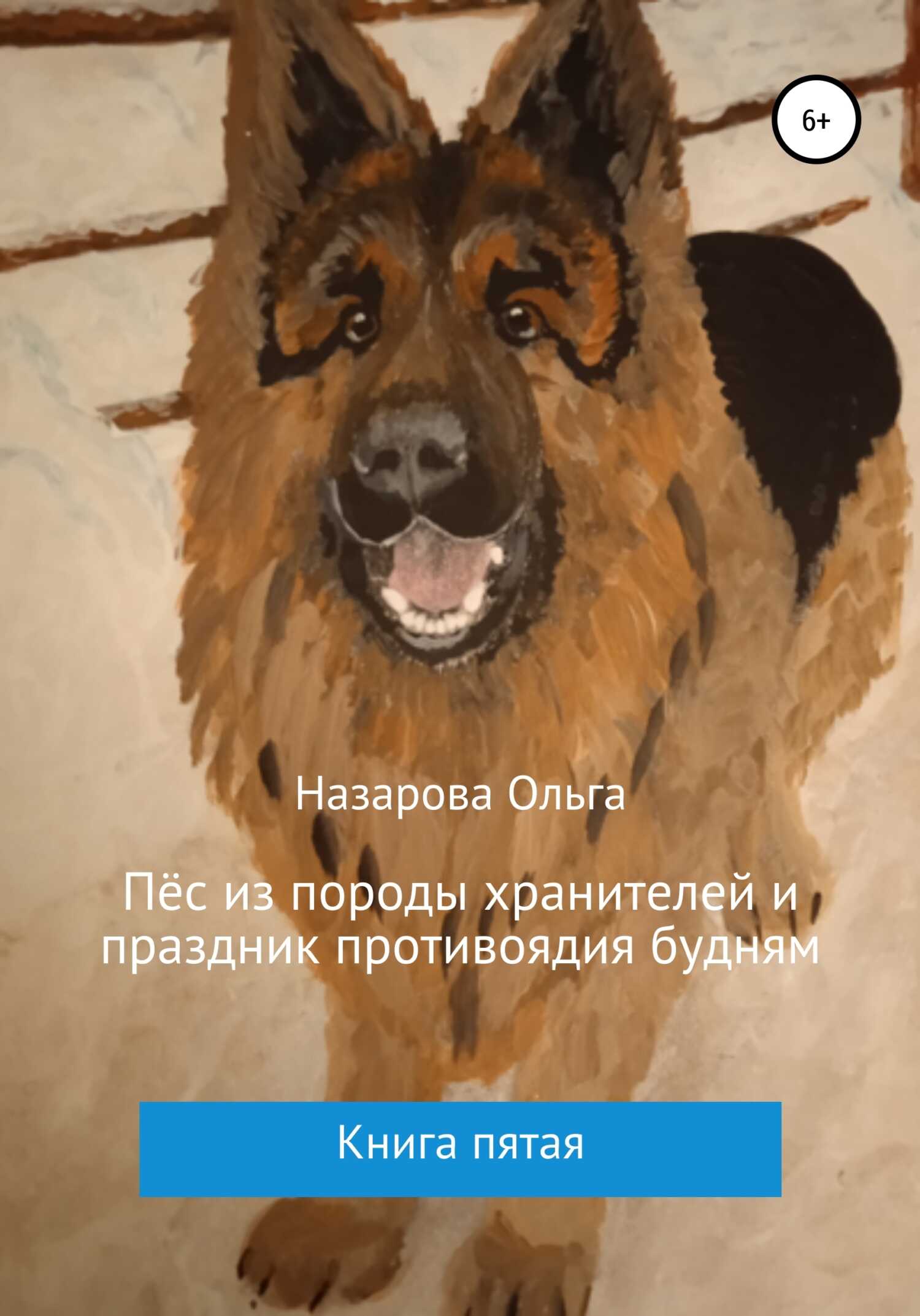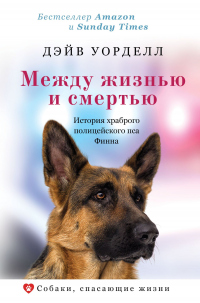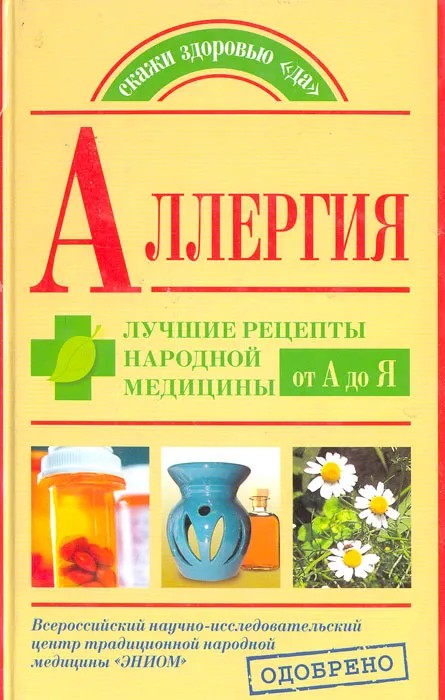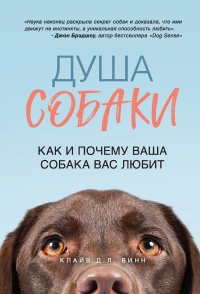Книга Доктор Пес. Как наши лучшие друзья становятся нашими врачами - Мария Гудаваж
Читать книгу Доктор Пес. Как наши лучшие друзья становятся нашими врачами - Мария Гудаваж полностью.
Шрифт:
-
+
Интервал:
-
+
Закладка:
Сделать
Перейти на страницу:
Перейти на страницу:
Книги схожие с книгой «Доктор Пес. Как наши лучшие друзья становятся нашими врачами - Мария Гудаваж» от автора - Мария Гудаваж:
Комментарии и отзывы (0) к книге "Доктор Пес. Как наши лучшие друзья становятся нашими врачами - Мария Гудаваж"












